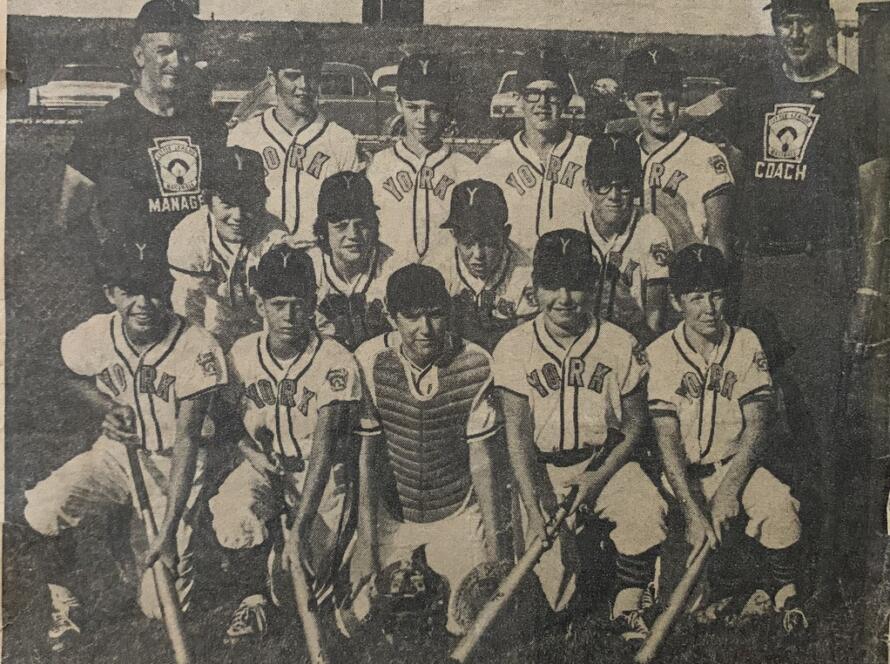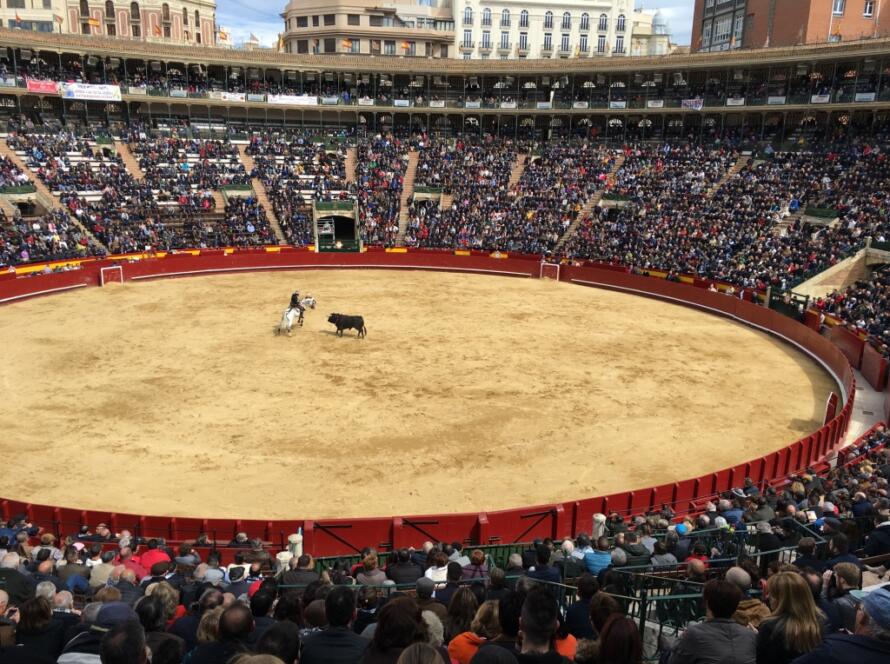What do you get when you mash up twenty centuries of architecture and city building with all the complexities and luxuries of contemporary living? You get some profoundly kooky shit — culturally satisfying, nonetheless.
Our third story apartment in San Sebastian had charming wood floors, balconies with ironwork that overlooked a busy avenue, and a few separate spaces for quiet isolation. There was also a standup shower, not atypical by North American standards. The water heater and pressure were entirely adequate and the door closed with a tight seal. There was no plastic curtain flapping in on you or puddles on the floor or handheld wand with a slippery tub to straddle. The floor did slope a few inches from one side to the other, however. You were basically showering downhill.
Blends of old and new have been apparent everywhere since our arrival in Paris seven weeks ago. There is usually something to marvel at in the view: a stone bridge, an ancient city wall, a castle on a hill, bells ringing from a cathedral tower, rustic borders between fields, an orchard of gnarled trunked olive trees. I’ll take history and beauty (particularly natural beauty) over a bit of inconvenience any day.

Store front in Le Cannet, France.
Modernizing towns and cities that were built and reimagined over multiple historical eras well before the advent of locomotion, electricity, running water, sewage, sanitation, communication and today’s technologies is no small matter. The Europeans are, by and large, coping thoughtfully, honoring the past while living in the present. Standing in a medieval fortification in Almeida in western Spain, we wondered at walls made of massive stone blocks, one after another cut evenly and perfectly rectangular. The old city walls were laid out in the shape of a beautiful Islamic star; but you can’t see this without a view from above. How was this accomplished with only the knowledge and tools at hand 1500 years ago and at such a tremendous scale? No doubt very slowly and all of a sudden, with much sweat, blood and sacrifice along the way.
We’ve seen daily examples of manifest kookiness. The apartment in Paris with an elevator so tiny that only two small people — who actually wear a size Small — could fit into. The doors opened inward so getting out required some hilarious maneuvering. The 200 year old house with too many doors to count, each with at least three locks, some of them skeleton keys. The evening we drove through the high walled streets of Arles as the sun set, the sky closing in on us the further we ventured, the streets becoming narrower with every turn, lost in a labyrinth of impossibly angled corners with no light in sight we began to seriously worry that our Volkswagen Golf would simply end up wedged between two ancient stone buildings leaving no other option but to break out of the rear windshield.

Packing crate chic in the Spanish desert town of Bardenas.
Underground parking garages so tightly spaced that every wall and pillar was brightly scraped with paint, staircases that couldn’t possibly pass US building codes, tangles of cables draped casually across classical architectural molding, pipes emerging from the strangest places on old plaster walls.
On the other hand, the threads of thoughtfulness are woven throughout. Lights go on and off automatically in stairwells and hallways, appliances are small but efficient, gasoline is expensive and toll roads even more so, yet entire sections of cities are pedestrian and rental bikes and bicycle paths are commonplace. You can barely go five blocks without finding another set of garbage and recycling containers that sometimes include cooking oil or organic matter. Even when stores close for hours in the middle of the day, when everyone in the city seems to be promenading along the waterfront at the same time, the sense of commonality is everywhere around you. It’s in the markets that function as social gathering places and on the ocean beaches where swimmers, surfers, slack liners, lovers and fisher folk enjoy the elements despite frigid water temperatures.

Our 21st century wagon at the base of a medieval castle in Portugal.
In southwestern France we met an extraordinary couple who were in the midst of moving their family from the bustling life of Bordeaux to a village in the Basque countryside. One was an architect, the other a marketer. Both expressed different takes on the importance of “story” to their work. The architect explained that it was easy to blend the old and new in France because existing buildings had such history embedded within them. There is always something to work with. The key, for her, was in exercising restraint when changing the existing structure and optimizing the intelligence already there: passive solar orientation, thick walls that regulate temperature and airflow, beautiful materials. The marketer said he was looking to the countryside for a sense of authenticity, where stories are not made up in the process of branding, but emerge intrinsically from work and place.
The couple lived in a renovated stone barn they referred to as a former “ruin.” It took ten years of searching to find it. The crumbling traditional Basque barn was in the worst shape of any building they had considered. They didn’t hesitate. It came with various large areas for storing animals and hay and farm equipment, multiple levels, dirt floors, inside and outside spaces, sturdy stone walls and a tile roof. They chose to keep many of the large spaces in the old layout and converted them to functional areas: comfortable bedrooms and bathrooms, a great hall for the kitchen and dining and den area with a large hammock net in an open area above and a dramatic view of the Pyrenees out a big glass front window where there were formerly huge wooden doors. They put metal framed glass panels where the roof had collapsed in the middle, preserving the ruin as they had found it, but transforming it into a light livable modern space.

Second story hammock above the great room in a renovated Basque barn.
Given current realities at home today, it is hard to imagine that Europeans once looked to America as a promised land, unlimited in freedoms and resources, a blank slate from which a new history and cultural identity could be forged and a better life could be found. From afar, we watch with horror as the Make America Great Again reality show unfolds, spurred on by the Con Man in Chief, his gangstersque family, mean spirited billionaires, and bureaucrats in charge of agencies they do not understand or missions they publicly detest.
It is hard not to sense that we are witnessing the beginning of a Great Unravelling: centuries of hard fought gains toward democracy, respect for the actual truth and the belief that serving the greater good is the purpose of governance. One can’t help but wonder whether America will soon cross a dismal line: burning the last lump of coal, fracking the last gasp of fossil fuel, legitimizing an oligarchy not seen since the days of railroad barons, legalizing the pollution of air and water, destroying our faith in scientists and journalists, privatizing public lands, treating government like a shabbily built suburb that can merely be bulldozed and created shiny and new. Just when you think it can’t sink any lower, you find another bottom, a few miles down.
We learn that in France the meanings of “conservative” and “liberal” are reversed compared to our United States equivalents. French liberals are equated with a big business agenda, tax breaks for the wealthy, shrinking public spending, limiting immigration. Conservatives are the populists, confronting issues of unemployment, immigration, ecological protection and education through direct government action.
When building, it is often cheaper and easier to demolish and start over rather than to carefully renovate and preserve the character that remains from former times. There are cases when that is arguably the wisest course. But we are foolish to not work toward solutions where our buildings and landscapes and cultural aesthetics and institutions last, despite the work it may take to save what’s worth keeping, even in the labyrinth of the crazy times we are living in.



